Dry cleaning of upholstered furniture: features and step-by-step implementation
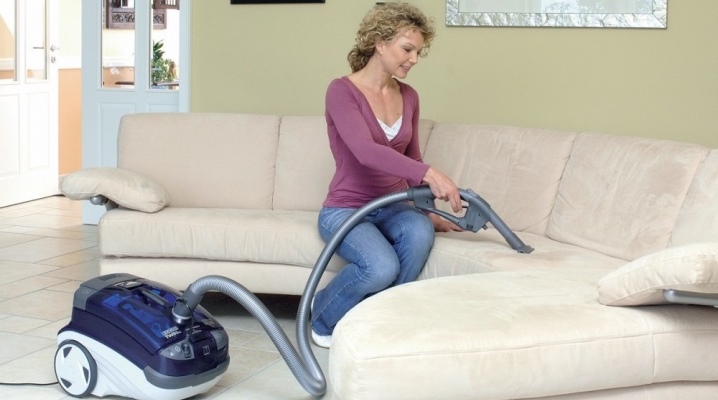
Upholstered furniture often gets dirty, and this brings a lot of grief to the owners. You need to know how it should be dry cleaned, what are the features of this procedure. Skillful step-by-step execution leads to excellent success.
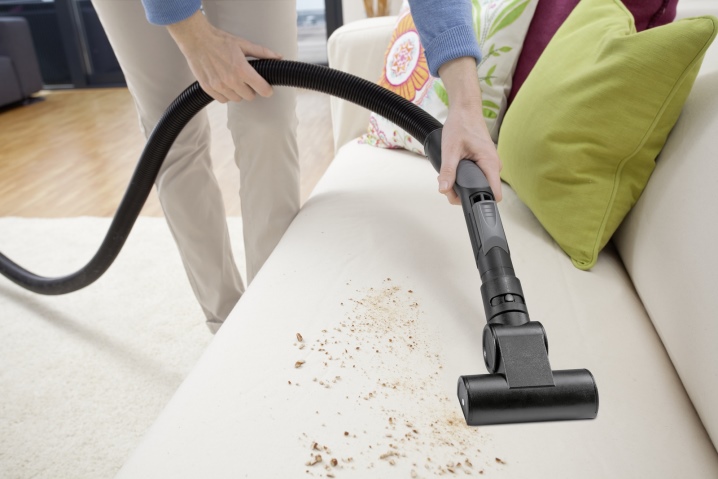
Pros and cons of self cleaning
Correctly performed dry cleaning of upholstered furniture allows:
avoid the tedious and rather expensive transportation of furniture to special dry cleaners;
prevent mechanical damage to furniture;
use only carefully selected and completely safe products;
complete all the work in a few days, and not in one moment, saving energy.
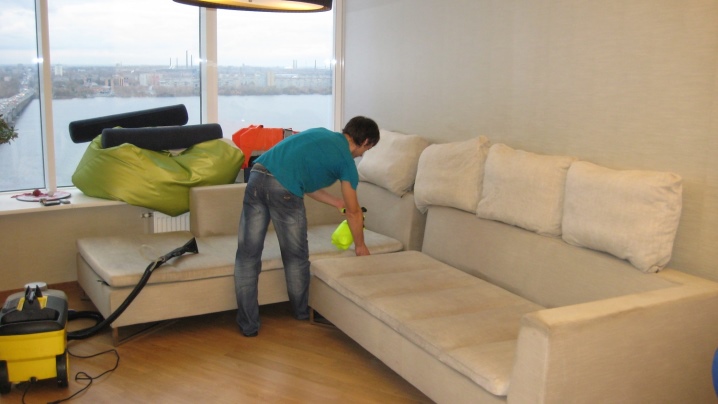
But not everyone can choose the right detergents and cleaners. Furniture can be damaged if improperly selected or used incorrectly. You can also be afraid of the appearance of stains on the surface. Errors can even shorten the life of the product. Poisoning or other negative health effects sometimes occur if hazardous substances are used.
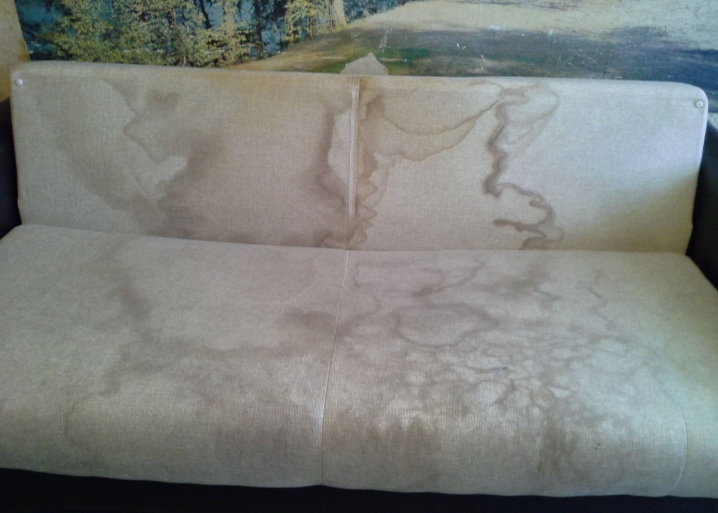
Work rules
The approach to cleaning furniture at home depends on the type of fabric used for the upholstery. The easiest way to work with chenille, velor and flock. These fabrics must be cleaned strictly against the lint. When the work is over, the surface is rubbed with a dry cotton cloth.
It is not advisable to use a vacuum cleaner for such soft materials, because they are easily damaged.
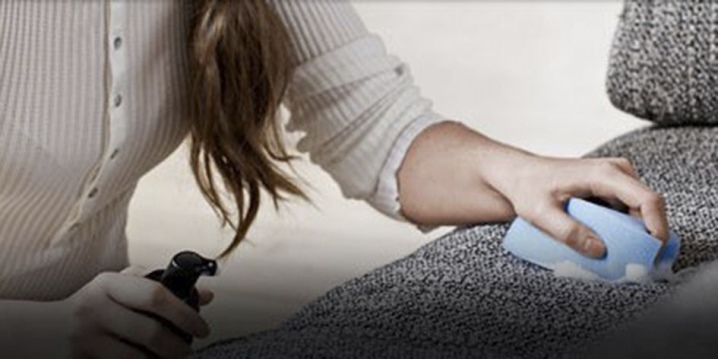
The hardest thing to work with is silk. Chemically active compounds cannot be used to clean it. Even a steam cleaner will leave marks. It is allowed to use only highly diluted ammonia or hydrogen peroxide. When such steps have not led to success, you should immediately contact the professionals.
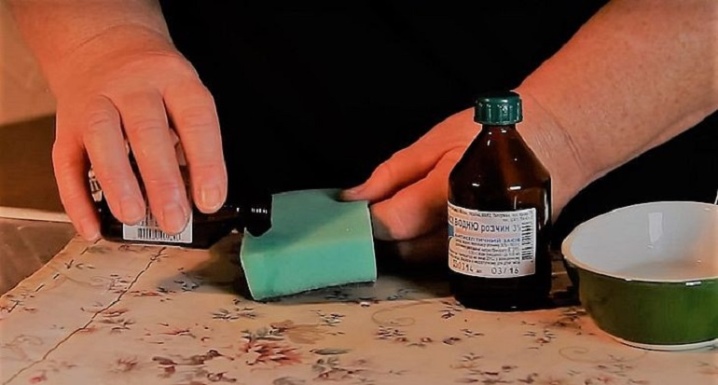
Nubuck and suede can be cleaned using soap suds. When the upholstery is cleaned, it is brushed with a special rubber brush. Skin, including artificial skin, should be cleaned with soft cloths. Removable tapestry and jacquard covers are allowed to be washed, and if they are not removed, you will have to be limited to dry cleaning.
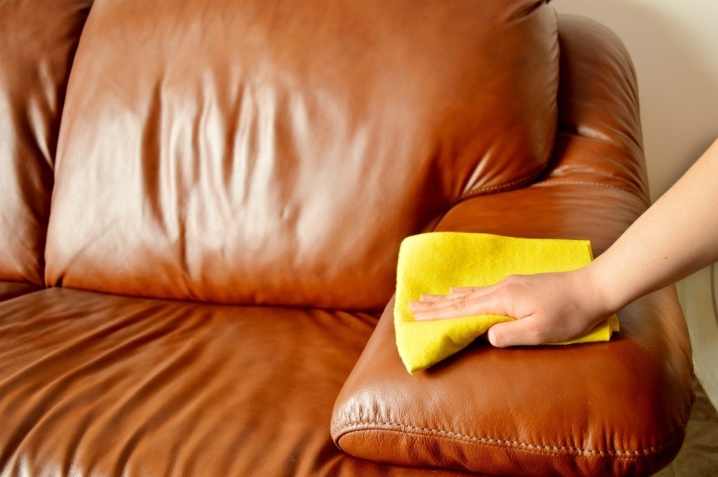
Regardless of the fabric to be cleaned, you need:
check the product on an outwardly inconspicuous area;
take care of protection from divorce;
use only one tool at a time;
only deal with fresh spots.
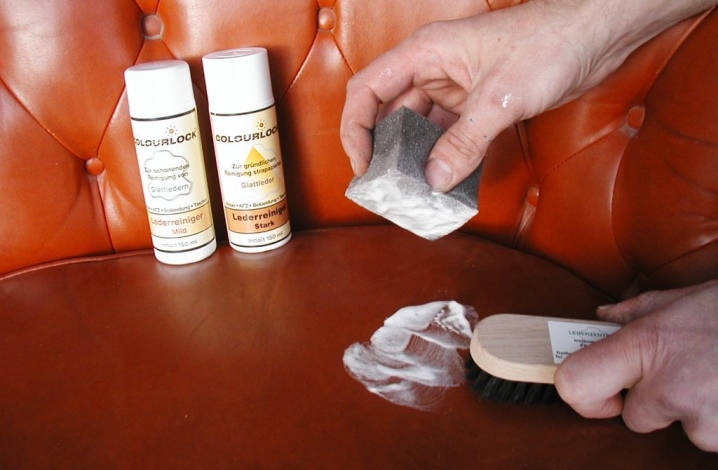
Required tools and equipment
For dry cleaning of upholstered furniture you need:
regular or washing vacuum cleaner;
brush;
soft rag;
sponge for washing dishes;
steam cleaning equipment.

Some models of washing vacuum cleaners are equipped with special attachments that help to remove the most difficult blockages. Hand-held devices can only deal with superficial accumulations of dirt... The hard bristle on the brush allows you to clean up blockages more thoroughly. Rags are taken only soft and made of natural material that does not accumulate static electricity.
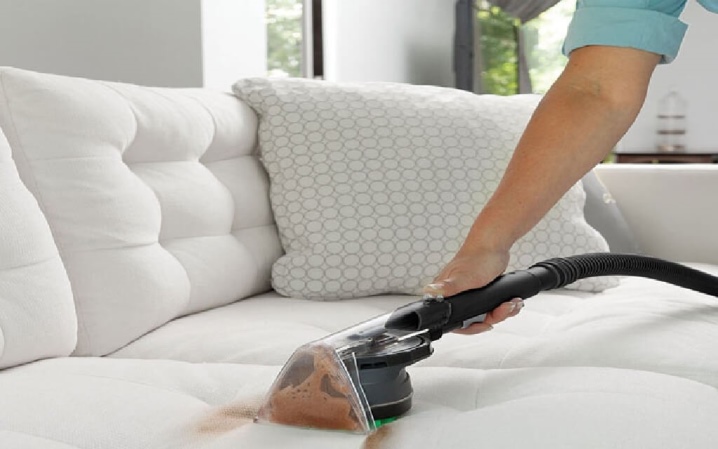
Step-by-step instruction
Self dry cleaning can be done with powder or foam. When choosing a cleaning reagent, you need to know in advance what the composition of the preparation is.
Even if it does not contain hazardous substances, a safety test must be carried out anyway.
It is equally important to see if the cleaning mixture has expired.
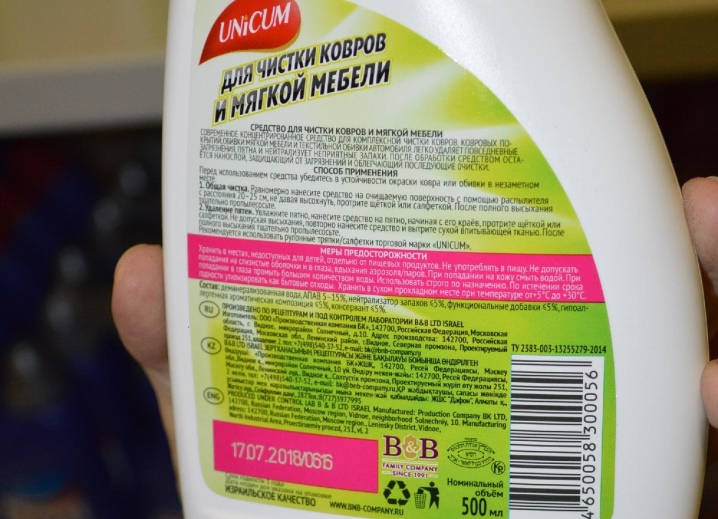
The foam is cleaned like this:
mechanically knock out the dust (or pick it up with a vacuum cleaner);
prepare the foam itself in accordance with the instructions;
wait a certain period;
remove foam and separated dirt, collecting it with a vacuum cleaner or a dry cloth.
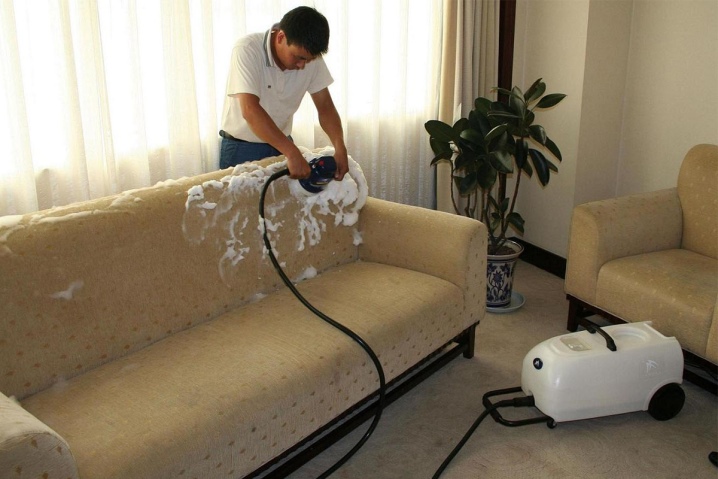
When powder is used:
start in the same way with dust removal;
spread the cleaning mixture evenly;
gently rubs it into the upholstery;
collect the powder with a vacuum cleaner after changing its color.
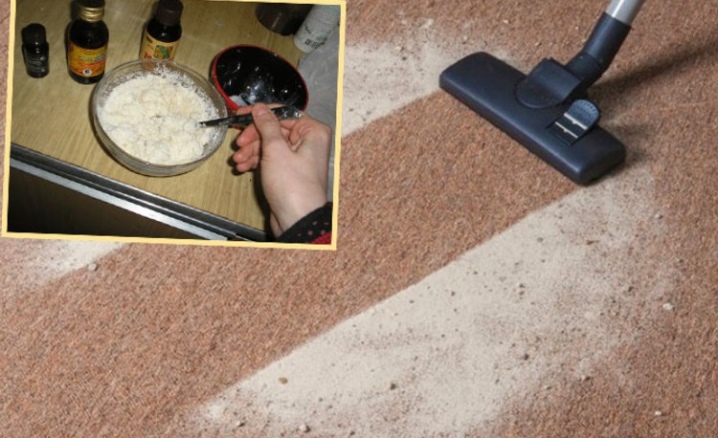
There are a few more subtleties and recommendations. Dry cleaning with baking soda will help remove small fresh stains and odors. The treatment is repeated several times in a row if necessary for an hour. Salting removes fresh wine stains. You do not need to rub in the salt, it will absorb the liquid itself, and then wipe it with napkins. Fresh greasy stains are removed with chalk or talcum powder.
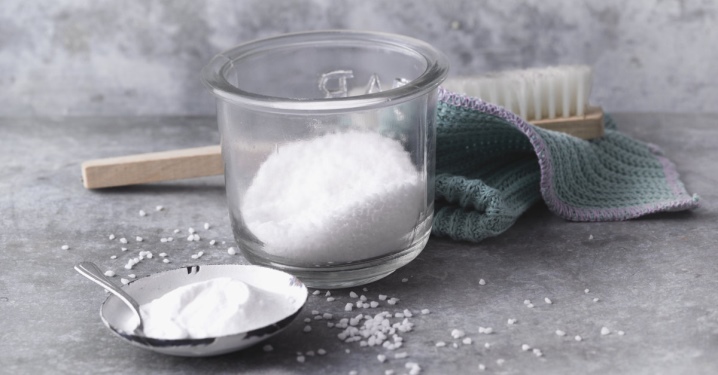
You can find useful tips for cleaning upholstered furniture in the following video.












The comment was sent successfully.